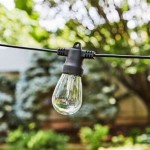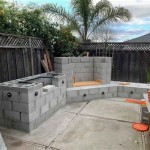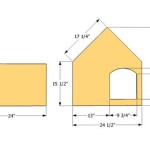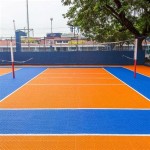The Art of Indoor-Outdoor Room Design: Creating Seamless Transitions
Blending the indoors and outdoors is a trend that has gained immense popularity in recent years. Indoor-outdoor room design allows homeowners to extend their living space, create a sense of openness, and connect with nature from the comfort of their own home. To achieve a successful indoor-outdoor room design, it is essential to consider various aspects of functionality, aesthetics, and seamless transitions. Here are some essential tips to help you create a cohesive indoor-outdoor living space:
Functionality
When designing your indoor-outdoor room, it is important to prioritize functionality. Consider how you want the space to be used and what activities you will be engaging in. Determine the appropriate amount of space required for seating, dining, and any other activities you envision. Ensure that the transition between the indoors and outdoors is smooth, with minimal obstacles or steps.
Aesthetics
The aesthetics of your indoor-outdoor room should complement both the interior and exterior décor. Choose materials, colors, and furnishings that seamlessly transition from one space to another. For example, extending the flooring from the indoors to the outdoors can provide a sense of continuity. Pay attention to the lighting as well, ensuring there is adequate illumination in both areas to create a cohesive atmosphere.
Furniture and Accessories
The furniture and accessories you choose for your indoor-outdoor room should be both stylish and durable. Opt for pieces made from weather-resistant materials that can withstand the elements. Consider using outdoor rugs to define the space and add a touch of color. Add comfortable seating, such as sofas, armchairs, or daybeds, to create a cozy and inviting atmosphere. Throw pillows, blankets, and other accessories can bring warmth and texture to the outdoor area.
Nature's Elements
Incorporating nature's elements into your indoor-outdoor room can help create a harmonious and organic space. Large windows or sliding glass doors can provide ample natural light and bring the outdoors in. Consider adding plants, both indoors and outdoors, to create a lush and inviting atmosphere. A water feature, such as a fountain or pond, can add a soothing touch and provide a relaxing ambiance. Natural materials, such as wood, stone, or bamboo, add warmth and texture to the design.
Climate Considerations
When designing an indoor-outdoor room, it is crucial to consider your local climate. If you live in an area with extreme temperatures or heavy rainfall, you may need to invest in weather-resistant materials and incorporate design elements that protect the space from the elements. For example, retractable awnings or pergolas can provide shade and protection from the sun or rain, while heaters or fireplaces can extend the use of the outdoor area in cooler months.

House Home 25 Incredible Indoor Outdoor Spaces That Extend The Season

Ways To Design An Outdoor Space For Your Home

House Home 25 Incredible Indoor Outdoor Spaces That Extend The Season

Design Ideas To Make Indoor And Outdoor Spaces Better Ald

Creating A Seamless Indoor Outdoor Living Space

4 Ways You Can Create Indoor Outdoor Living Spaces

28 Luxurious Indoor Outdoor Rooms Architectural Digest

How To Create An Indoor Outdoor Living Space College Hunks Hauling Junk Blog

Entertain With Ease These 12 Indoor Outdoor Living Ideas Skye Walls By Wws

Making The Most Of Indoor Outdoor Living In Fall
Related Posts








